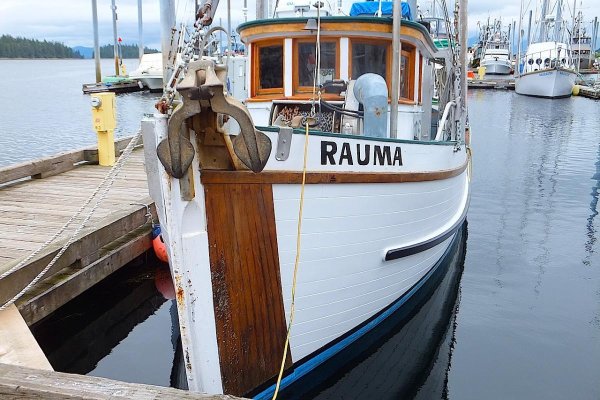Delfin
Grand Vizier
- Joined
- Jan 20, 2010
- Messages
- 3,821
This is going to be great, Brian. A really good selection of modern anchors and some not so modern but still very widely in use. Thanks to Fortress for undertaking the test.psneld,
Thanks for your input. We have set up testing parameters and rented equipment which insures that each anchor will be pulled starting with the exact same scope, and then by the exact same pull speed and total distance.
Below is an image of the anchors that will be tested.
Brian
Would you be willing to include a Sarca Excell if one could be sent to you?





